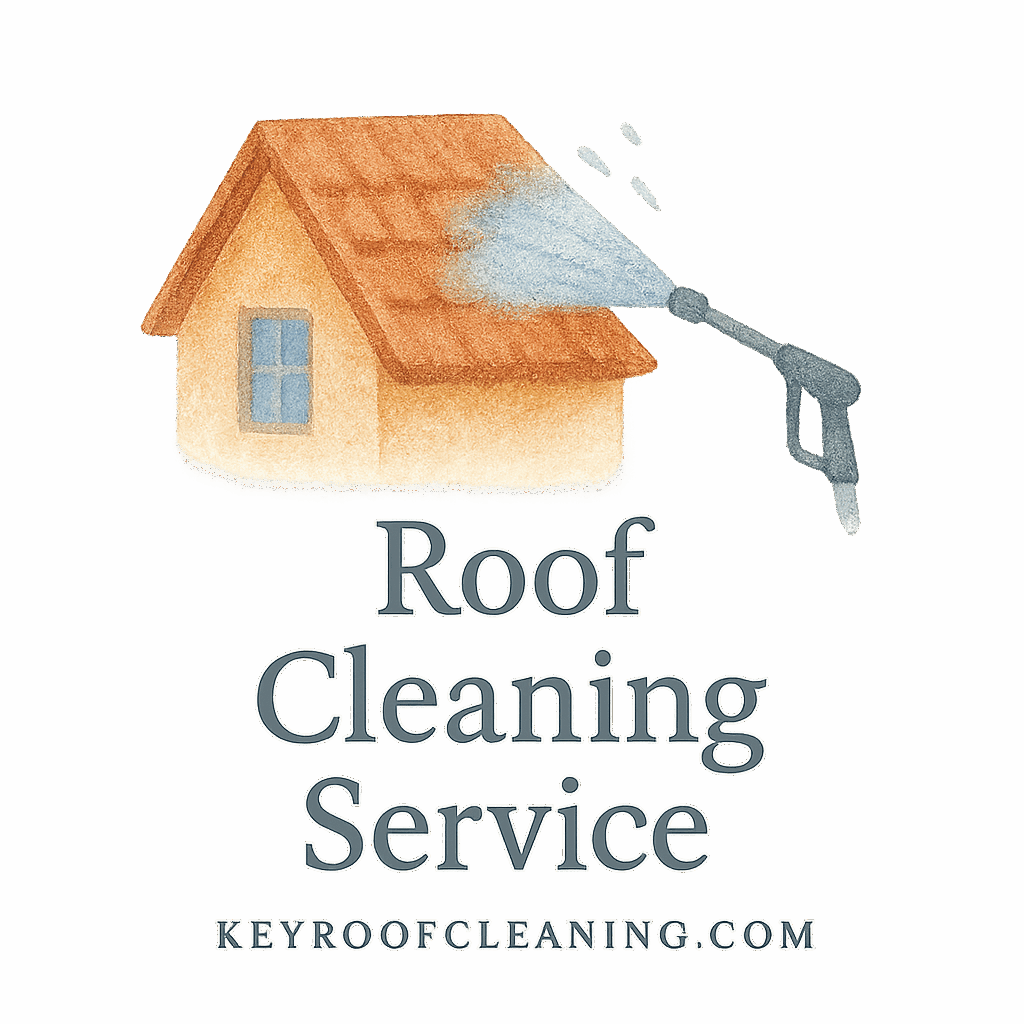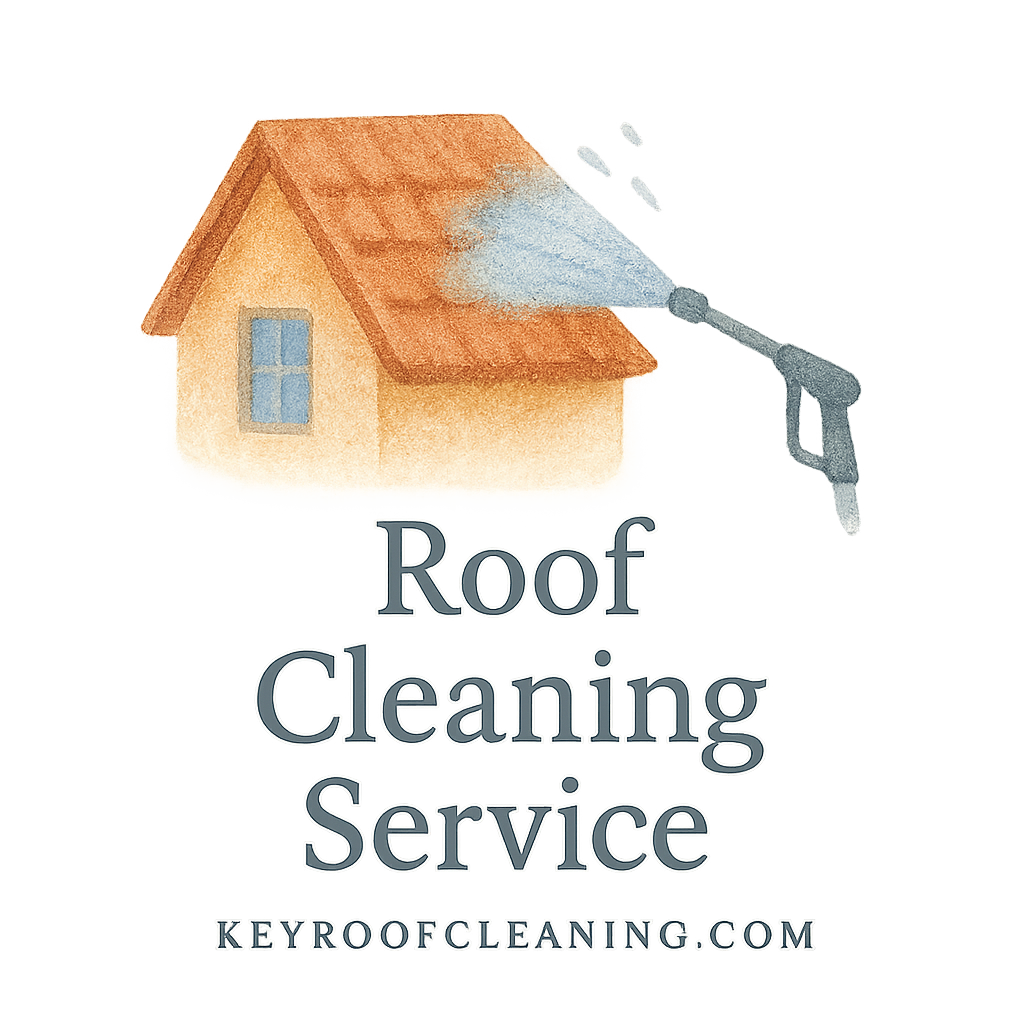Let’s face it: your roof probably isn’t the first thing you think about when it comes to being eco-friendly. But here’s the thing—routine roof cleaning does a lot more than just make your house look pretty. It can actually help save the planet (yep, seriously).
Whether you’re a green-living advocate or just someone who loves a low utility bill, learning about the environmental benefits of roof cleaning is a total game-changer. In this article, we’re diving deep into how a simple clean roof supports a cleaner, greener Earth.
Why Roof Cleaning Is More Than Just Curb Appeal
You might think of roof cleaning as a purely cosmetic task. But beyond the aesthetics, it has a huge impact on your home’s performance and the environment. A dirty roof can harbor mold, algae, and debris—all of which contribute to pollution and energy waste.
And here’s the kicker: routine maintenance helps avoid bigger problems down the line, which means less waste and fewer resources consumed.
What Is Routine Roof Cleaning?
Routine roof cleaning involves removing dirt, organic material, and pollutants that accumulate over time. Think of it as giving your roof a spa day.
Common Roof Pollutants and Organic Buildup
Roofs are magnets for things like algae, moss, leaves, and even bird droppings. These don’t just look bad—they mess with your roof’s health and environmental balance.
Understanding the Cleaning Process
Using eco-friendly roof cleaning techniques like soft washing and biodegradable products is key. You can learn more about cleaning methods here.
Environmental Impact of a Dirty Roof
So, what’s the big deal with a dirty roof? Plenty.
Heat Absorption and Urban Heat Island Effect
Darker, dirty roofs absorb more heat, raising temperatures inside homes and across neighborhoods. This contributes to the urban heat island effect, making cities hotter and increasing the need for air conditioning.
Algae, Moss, and Their Effect on Runoff
Algae and moss not only break down roofing materials, but they also wash off into storm drains, affecting local waterways. This leads us right to the first environmental benefit…
1. Reduces Harmful Runoff into Water Systems
How Dirty Roofs Affect Local Water Quality
When rainwater hits a roof covered in organic gunk and chemicals, it becomes runoff. That runoff then flows into storm drains, rivers, and lakes—taking all the grime with it.
Contaminants from Algae and Moss
Algae and moss hold moisture and harbor pollutants, which means they’re slowly poisoning the water table. No one wants algae smoothie in their tap water.
Biodegradable vs. Chemical Cleaners
Eco-friendly cleaners are designed to break down naturally and protect the environment. Choose cleaning products that are listed as biodegradable and eco-friendly on the label, or better yet, go with pros who specialize in green cleaning methods.
2. Enhances Energy Efficiency in Homes
Reflectivity and Cooling Effects
Clean roofs reflect sunlight better, reducing the need for AC during hot months. If your home gets cooler naturally, you use less electricity, which means lower emissions from power plants.
Shingle Color and Material Impact
White or light-colored shingles, when kept clean, maximize reflectivity. Learn more about different roof types and materials for the best energy efficiency.
Heat Management and Lower Emissions
Less heat trapped in your home = less energy used = smaller carbon footprint. It’s that simple.
3. Extends Roof Life and Reduces Waste
Minimizing Roof Replacement Frequency
A clean roof lives longer. That means you won’t need a replacement as often, which saves thousands of pounds of waste from going to the landfill.
Waste from Roofing Materials in Landfills
Tear-off shingles, tar paper, and underlayment—these are all construction waste nightmares. Routine cleaning can add 5–10 years to your roof’s life. Need a checklist to get started? We’ve got you.
The Role of Preventative Maintenance
Catch the issues early. Fix minor cracks and clean mold before it becomes a roof-eating monster.
More on this at maintenance & safety.

4. Promotes Eco-Friendly Cleaning Practices
Rise of Green Cleaning Methods
There’s a major shift toward environmentally responsible services. Companies now use green methods like soft washing and enzymatic cleaners that pose zero harm to your garden or pets.
Eco-Safe Tools and Products
Using the right tools and products makes all the difference. Eco-safe gear helps professionals clean thoroughly without damage to your roof or the planet.
Supporting Green Living Lifestyles
Choosing these practices supports your green living goals—and maybe even sets an example for the neighborhood.
5. Supports Sustainable Homeownership
Lowering Carbon Footprint Through Maintenance
Every time you skip maintenance, you’re not just risking damage—you’re increasing your home’s carbon output. That’s why cleaning is part of sustainable living.
Sustainable Roofing Materials and Cleaning
Pair your eco-cleaning with sustainable roofing options and you’re golden. Some materials are even recyclable when the roof reaches the end of its life.
Community-Wide Environmental Benefits
Imagine if every home on your block had a clean, reflective roof. That’s a cooler neighborhood—literally. Better air quality, less runoff, and a more sustainable community.
Choosing a Green Roof Cleaning Service
What to Look for in a Professional Service
You’ll want someone who’s licensed, insured, and eco-conscious. Ask if they follow OSHA guidelines and focus on accident prevention.
Visit Key Roof Cleaning’s main page for expert services.
Questions to Ask Before Hiring
- Do you use biodegradable cleaners?
- Are your methods safe for delicate roof types?
- Do you follow ladder safety practices?
More hiring tips? We’ve got those too: Hiring tips
Safety and Environmental Compliance Tips
Ladder Safety, OSHA Standards & Eco Awareness
Cleaning your roof might sound easy—until you fall off. That’s why OSHA safety rules are key. Combine that with environmental compliance and you’re good to go.
Maintenance and Safety Checklist
Keep it tight with a solid checklist that covers both safety and eco-friendliness.
Conclusion
To wrap it up, cleaning your roof regularly isn’t just a home maintenance win—it’s a win for the environment. From cleaner water to lower emissions and reduced waste, you’re doing your part every time you remove that moss or clean those shingles.
Make the smart move. Choose green methods, hire responsible pros, and let your roof shine (in every sense of the word).
FAQs
1. How often should I clean my roof for environmental benefits?
Ideally, once a year—more if you live under trees or in humid areas.
2. Are eco-friendly roof cleaners as effective as chemical ones?
Yes! Many biodegradable solutions work just as well without the environmental guilt.
3. What is the safest method for cleaning a roof?
Soft washing with eco-friendly products is safe for both your roof and the environment.
4. Can I clean my own roof without harming the environment?
Sure, if you follow OSHA standards, use eco-safe products, and know your roof type.
5. Does roof cleaning really impact my energy bills?
Absolutely. Clean roofs reflect heat better, which means your AC can take a breather.
6. Is professional roof cleaning worth the cost?
Yes—especially when it extends your roof’s life and reduces environmental harm. Look for professional services with experience.
7. How do I know if my roof is safe for eco-cleaning?
Check your material type or ask an expert. More info on delicate roofs here.


